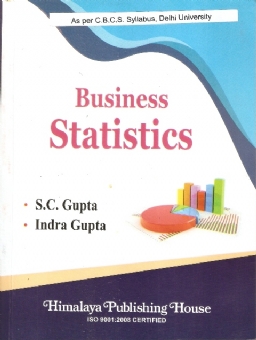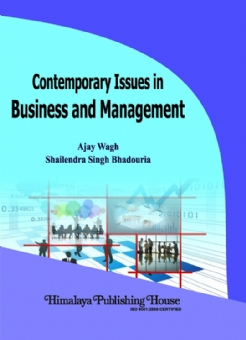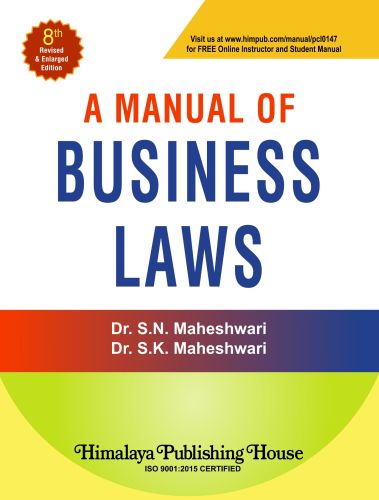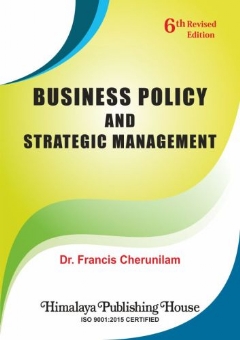In the ancient times Statistics was regarded only as the science of statecraft and was used to collect information relating to crimes, military strength, population, wealth, etc., for devising military and fiscal policies. But today, Statistics is not merely a by-product of the administrative set-up of the State but it embraces all sciences-social, physical and natural, and is finding numerous applications in various diversified fields such as agriculture, industry, sociology, biometry, planning, economics, business, management, insurance, accountancy and auditing, and auditing, and so on. Statistics (theory and methods) is used extensively by the government or business or management organisations in planning future programmes and formulating policy decisions. It is rather impossible to think of any sphere of human activity where Statistics does not creep in. The subject pf Statistics has acquired tremendous progress in the recent past so much so that an elementary knowledge of statistical methods has become a part of the general education in the curricula of many academic and professional courses.
This book is a modest though determined bid to serve as a text-book for B.Com. (Hons.) course of Delhi University. The main aim in writing this book is to prsent a clear, simple, systematic and comprehensive exposition of the principles, methods and techniques of Statistics in various disciplines with special reference to Economics and Business. The stress is on the applications of of techniques and methods most commonly used by statisticians. The lucidity of style and simplicity of expression have been our twin objectives in preparing this text. Mathematical complexity has been avoided as far as possible. Wherever desirable, the notations and terminology have been clearly explained and then all the mathematical steps have been explained in detail.
An attempt has been made to start with the explanation of the elementaries of a topic and then the complexities and the intricacies of the advanced problems have been explained and solved in a lucid manner. A number of typical problems mostly from various university examination papers have been solved as illustrations so as to expose the students to different techniques of tackling the problems and enable them to have a better and throughful understanding of the basic concepts of the theory and ist various applications. At many places explanatory remarks have been given to widen readers’ horizon. Moreover, in order to enable the readers to have a proper appreciation of the subject-matter and so fortify their confidence in the understanding and application of methods, a large number of methods, a large number of carefully graded problems, mostly drawn from various university examination papers, have been given as exercise sets in each chapter. Answers to all the problems in the exercise sets are given at the end of each problem.
Contents –
1. Introduction – Meaning and Scope
2. Collection and Organisation of Data
3. Averages or Measures of Central Tendency
4. Measures of Dispersion
5. Skewness, Moments and Kurtosis
6. Correlation Analysis
7. Linear Regression Analysis
8. Index Numbers
9. The Series Analysis
10. Theory of Probability
11. Random Variable, Probability Distributions and Mathematical Expectation
12. Theoretical Distributions
13. Sampling Theory and Design of Sample Surveys
14. Theory of Estimation and Testing of Hypothesis
Appendix I : Numerical Tables
Appendix II : Bibliography







